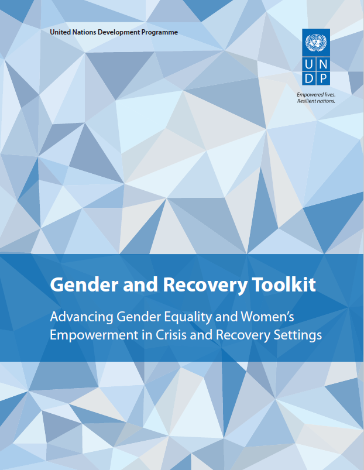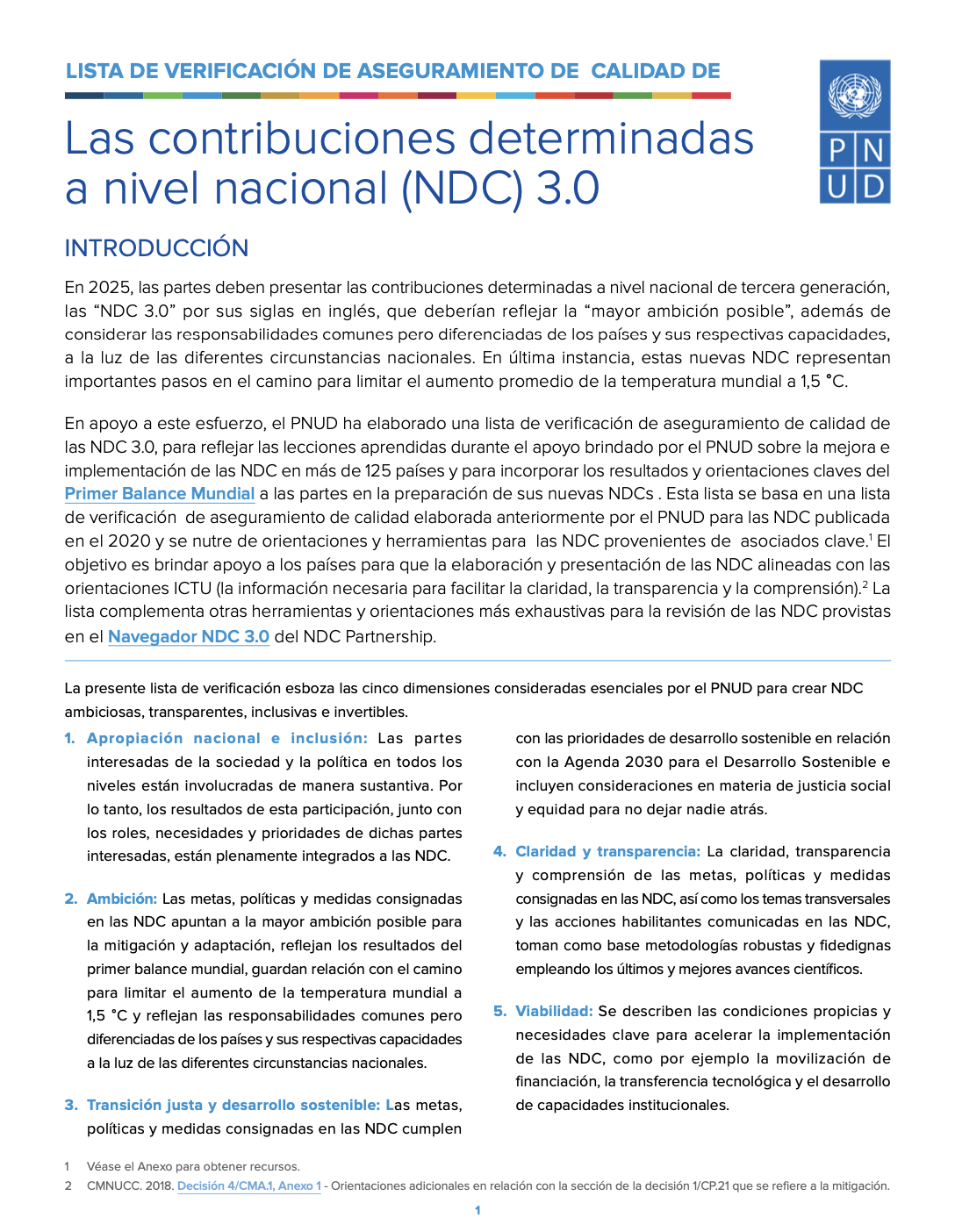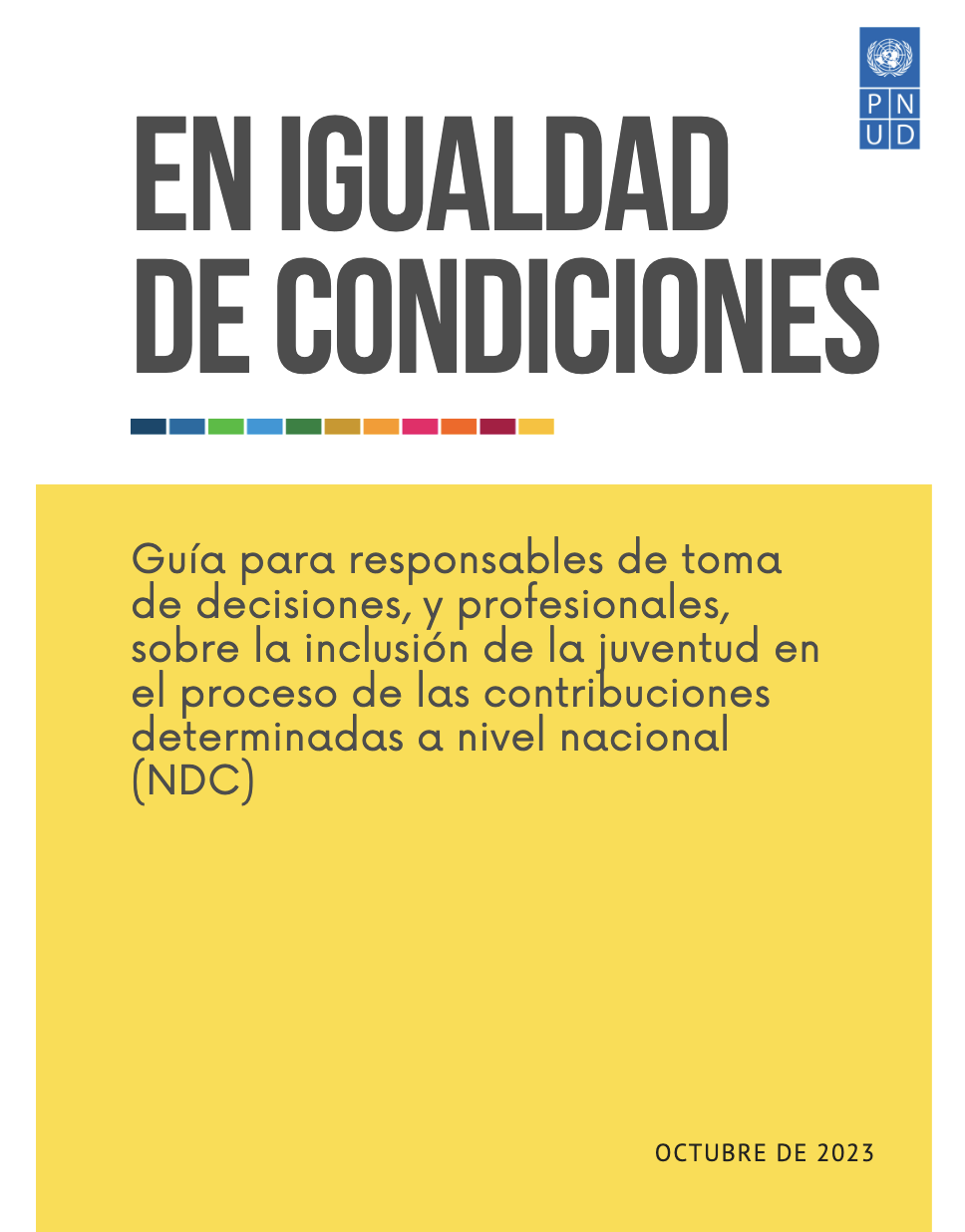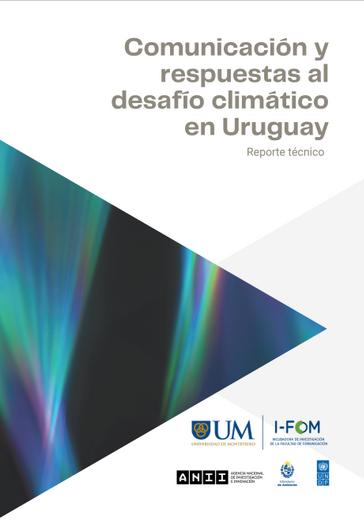UNDP Gender and Recovery Toolkit

We live in a world of complex crises. Conflict, climate and biodiversity-related shocks political turbulence and polarization are on the rise. More than two billion people today live in fragile or conflict-affected conditions, characterized by displacement, violence and insecurity. Today’s conflicts are not only more numerous but also more protracted in nature. Extreme weather events resulting from the intensifying climate crisis have triggered migration and loss of homes, habitats and livelihoods.
In these contexts, pre-existing gender inequalities shape how individuals experience crises, often deepening structural vulnerabilities. Gender identities and roles influence access to resources, protection, and opportunities, disproportionately affecting women and girls, in all their diversities. Today, women and girls make up half of any refugees, internally displaced, or stateless population. They face specific challenges to their integrity, health, safety, and livelihoods, including heightened risks of sexual exploitation, gender-based and conflict-related sexual violence, and trafficking, all of which escalate in crisis and post-disaster settings. At the same time, women are also often on the frontline as vital first responders, mediators, and peacebuilders. In crisis, women often become heads of households, taking on different responsibilities from those assigned to them before the crisis, and they often step into community leadership roles helping to build back better.
Despite growing recognition of the importance of integrating a gender perspective in recovery efforts, competing priorities and reduced expertise and capacities in crisis settings can set back gender equality goals. The Gender and Recovery toolkit is a practical resource in the hands of UNDP personnel to help government, civil society and other partners put gender equality at the core of immediate and long-term recovery processes. It shows how to incorporate gender perspectives and women’s participation throughout the recovery programme cycle – from assessment, strategic planning and framing of results to budgeting and implementation, and monitoring and evaluation.The toolkit emphasizes the need to address the root causes of gender inequality and fragility by transforming power dynamics. It advocates for approaches that go beyond increasing women’s representation, focusing on tackling masculinities and reshaping institutions, behaviors, and norms. It underscores the importance of holistic strategies to address the interconnected challenges of climate change, peacebuilding, and gender equality in crisis contexts, highlighting the role of technology and innovative programming in empowering women.
The seven guidance notes and tip sheets incorporate recent updates to global policy frameworks with updated indicators and robust data sources. While primarily designed for UNDP practitioners, this resource is valuable for all partners in crisis and recovery settings.
The toolkit supports UNDP’s corporate crisis response and aligns with the Strategic Plan, Gender Equality Strategy, and the Inter-Agency Standing Committee’s Gender Handbook for Humanitarian Action. It aims to equip UNDP to integrate gender equality from the outset of interventions, ensuring resilience is built through innovation and continued progress.


